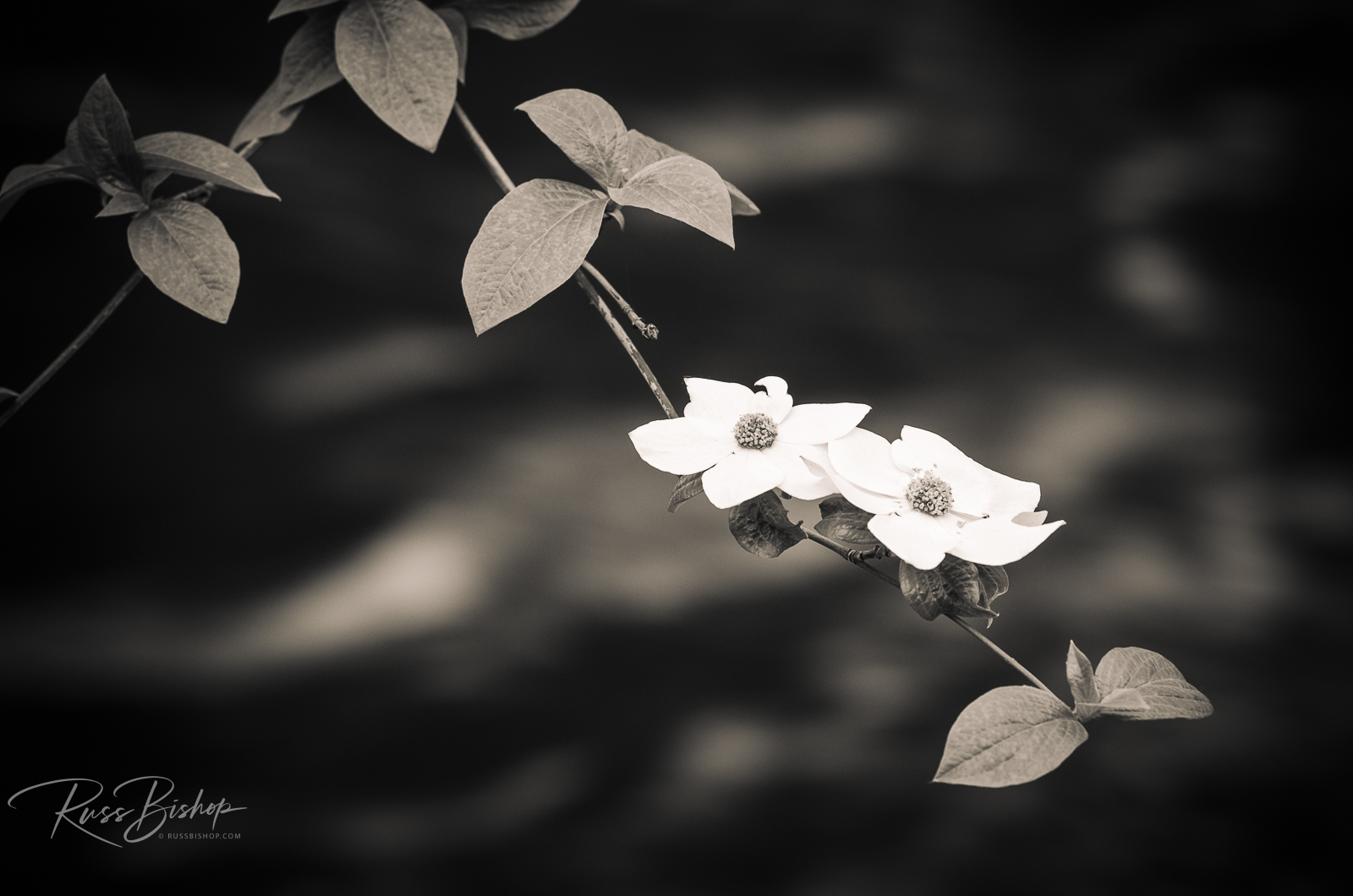Fresh snow on fall aspens and pines, Inyo National Forest, California
There’s been an ongoing discussion in the photography world lately about art and originality, that of creating images that are not the photographer’s personal vision so much as an attempt to copy the work of others. In extreme cases some would argue this isn’t art at all, but rather a mechanized form of duplication. The unfortunate result is that many photographers are no longer willing to share information about specific locations, and those photographers involved in the practice are missing the opportunity to show the world their own unique vision.
This trend is ironic given that we’re a country born of rugged individualism, and photography above all is a form of personal expression. But it’s no surprise when we are surrounded by such a lack of creativity in society today – movie remakes of 70’s television shows; advertisements using surprisingly similar images; and politicians repeating the same words as if they are uniquely their own. Perhaps this lack of originality is due to tight deadlines and too little time in our fast-paced world, or simply a fear of the unknown.
Before I head off on a shoot (especially if it’s a location I’ve never been to before) I thoroughly research the area geographically and geologically, and I’ll also review images of the area as a reference point to get a sense of place. But then after immersing myself in the details at home, I use the travel time to clear my head and fine tune my receptors to soak in whatever the location may offer.
Instead of previsualizing, I prefer to see a place through a child’s eye as if I’m the first ever to experience it. I’ll often avoid the obvious viewpoint whenever possible in favor of an angle that combines the key elements of the scene in a fresh, new way. When that’s a challenge, I’ll try a different lens or shutter speed or perhaps just wait for the light or weather to change.
So dare to be different and embrace the unknown! Find your own unique vision in photography and in life – and enjoy the rewards of the path less traveled.
©Russ Bishop/All Rights Reserved



